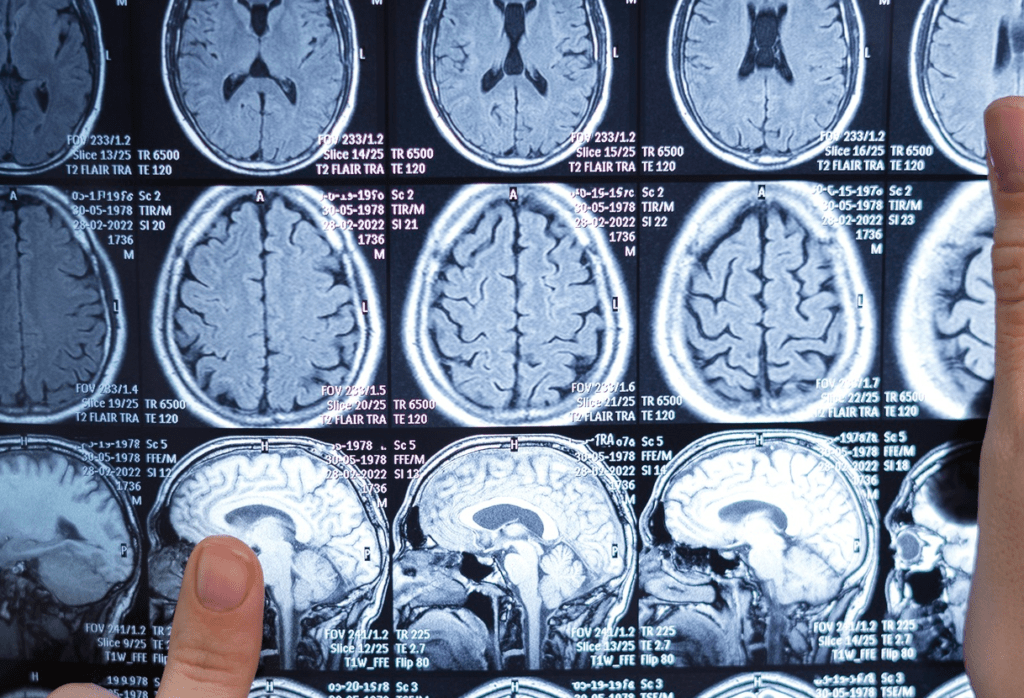Not only is Creutzfeldt-Jakob disease uncommon, but it also strikes very quickly. It starts a chain reaction of neurological collapse that happens faster than most other illnesses, like a match struck in the dark. Within weeks, people who used to live freely start to lose their sense of reality, their movements tainted by uncontrollable jerks, and their minds muddled by confusion. At first, the symptoms—disorientation, blurred speech, and forgetfulness—may remarkably resemble those of Alzheimer’s. However, CJD progresses much more quickly, showing up in months rather than years.
Its tale gained widespread attention in the 1990s British beef crisis when a few young adults started exhibiting symptoms of an enigmatic and always deadly brain condition. This was variant CJD (vCJD), a type of the disease associated with beef from cows infected with BSE, commonly referred to as “mad cow disease.” It was not hysteria. Regulatory agencies rushed. They destroyed livestock. There was an urgent need to pass new rules. However, prion disease’s shadow persisted, in part because its science seemed so strange and in part because it resisted almost every treatment that modern medicine could offer.
Table: Key Information about Creutzfeldt-Jakob Disease
| Attribute | Information |
|---|---|
| Disease Category | Neurodegenerative prion disorder |
| Primary Cause | Misfolded prion proteins causing fatal brain degeneration |
| Major Types | Sporadic (sCJD), Familial (fCJD), Iatrogenic (iCJD), Variant (vCJD) |
| Early Symptoms | Memory loss, visual disturbances, balance issues, personality changes |
| Advanced Symptoms | Myoclonus, speech difficulties, difficulty swallowing, coma |
| Average Duration | Typically 4 to 18 months; vCJD averages 12–14 months |
| Mortality | Universally fatal |
| Reference Link | Mayo Clinic – CJD Overview |
Prions are especially concerning because of their biological defiance. Prions are not living things like bacteria or viruses are. All they are are proteins, albeit distorted ones. The body normally creates harmless-behaving prions. However, if one of these proteins misfolds, it sets off a chain reaction that turns healthy prions into sick ones. This cellular mutiny consumes brain tissue with holes that resemble sponges, spreading silently and unabatedly. Usually, the damage is irreparable by the time symptoms appear.
The most prevalent type of CJD, sporadic, lacks a known cause. Like lightning striking a cloudless sky, it happens without warning. However, in familial cases, the risk is genetically transmitted; children who inherit a PRNP gene mutation from either parent have a 50% chance of getting the condition. Families with the gene find the diagnosis especially upsetting. It is a ticking clock that is concealed in the lineage and frequently comes to light during one’s prime.
Neurodegenerative diseases have occasionally been brought to the public’s attention by public figures. For example, Robin Williams’ struggle with Lewy body dementia brought attention to the rapid cognitive decline linked to some brain disorders. The parallels are extremely unnerving, even though CJD is far less common. With startling speed, both illnesses strip people of their identity, reducing lifetimes of memory, aptitude, and character to a haze of hospital beds and unsolved questions.
Unsettling instances of the disease being unintentionally spread during procedures have also been documented in medical history. These cases, which are referred to as iatrogenic CJD, were brought on by contaminated human growth hormone injections, dura mater grafts, or corneal transplants. A significant change in surgical procedure was brought about by the discovery that prions could not be eradicated by conventional sterilization methods. Hospitals implemented more stringent policies for disposing of exposed instruments and implemented single-use kits for lumbar punctures. Medical safety has significantly increased as a result of these actions.
Regulators have taken a more aggressive stand against prion transmission in recent decades. Countries have increased cattle testing and banned the importation of dangerous meat. Only four confirmed cases of variant CJD have ever been reported in the US, and each one was connected to exposure overseas. Less than 200 cases were reported in the UK, where the outbreak first peaked between 1999 and 2000. Nevertheless, the fear had a lasting impact on public attitudes and food policy.
The lack of treatment is particularly noteworthy—and frustrating. Although experimental medications are being tested for certain neurodegenerative diseases, there is currently no treatment that can slow or stop CJD. The progression is painfully predictable once diagnosed. Speech becomes slurred, the patient loses coordination, and eventually a coma develops. Most often, pneumonia or other issues relating to immobility and difficulty swallowing result in death within a year.
Nevertheless, research continues despite the grim outlook. With cautious optimism, researchers are looking into gene silencers, immunotherapies, and molecular inhibitors. By detecting aberrant prions in spinal fluid, methods such as RT-QuIC (real-time quaking-induced conversion) provide earlier detection. These diagnostic tools are especially novel, even though they are still in the early stages of development, and they provide a preview of what an earlier intervention might entail.
The difficulties of prion disease have led to significant advancements in healthcare systems, both scientifically and in terms of our readiness for unidentified biological threats. Prion research sheds light on Alzheimer’s, Parkinson’s, and even ALS, among other neurodegenerative diseases. The misfolded prion protein is regarded in some scientific circles as a prototype—a place to start when trying to understand how proteins can malfunction in the brain.
Globally, CJD surveillance networks now closely monitor cases, exchange genomic information, and assess potential risks of animal-to-human transmission. The possibility of another food-related outbreak has been considerably decreased thanks to this cooperation. Genetic counseling is also helping families with a history of prion disease better understand their options and risks.
Concerns about zoonotic transmission have returned to areas where deer and elk have developed chronic wasting disease (CWD). The CDC has cautioned hunters in impacted areas to test meat before consuming it and to steer clear of any deer or elk that seem sick, even though no human has yet contracted prion disease from these animals. This preventative approach is consistent with past reactions to mad cow disease and emphasizes the necessity of constant watchfulness.
Even though CJD rarely makes news these days, its tale is still important to the larger discussion of protein biology, medical ethics, and disease transmission. It has changed the way we think about safety procedures, genetics, and food. Even though its death rate hasn’t changed, its impact has subtly changed industries like farming and surgery.







